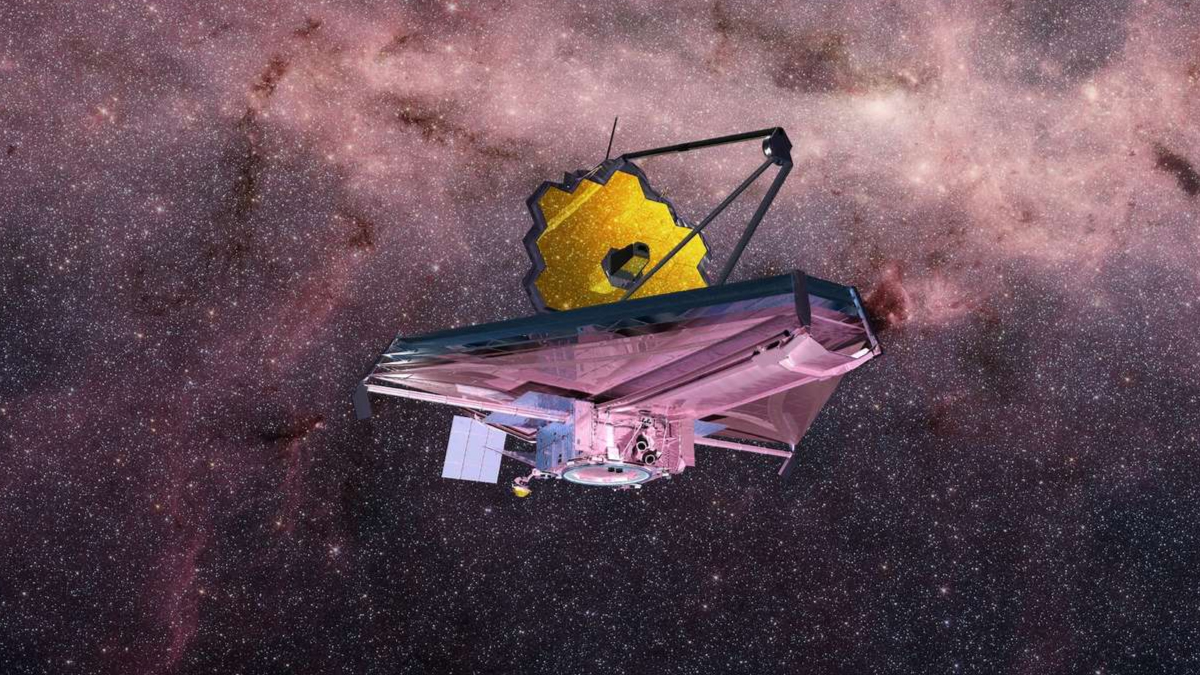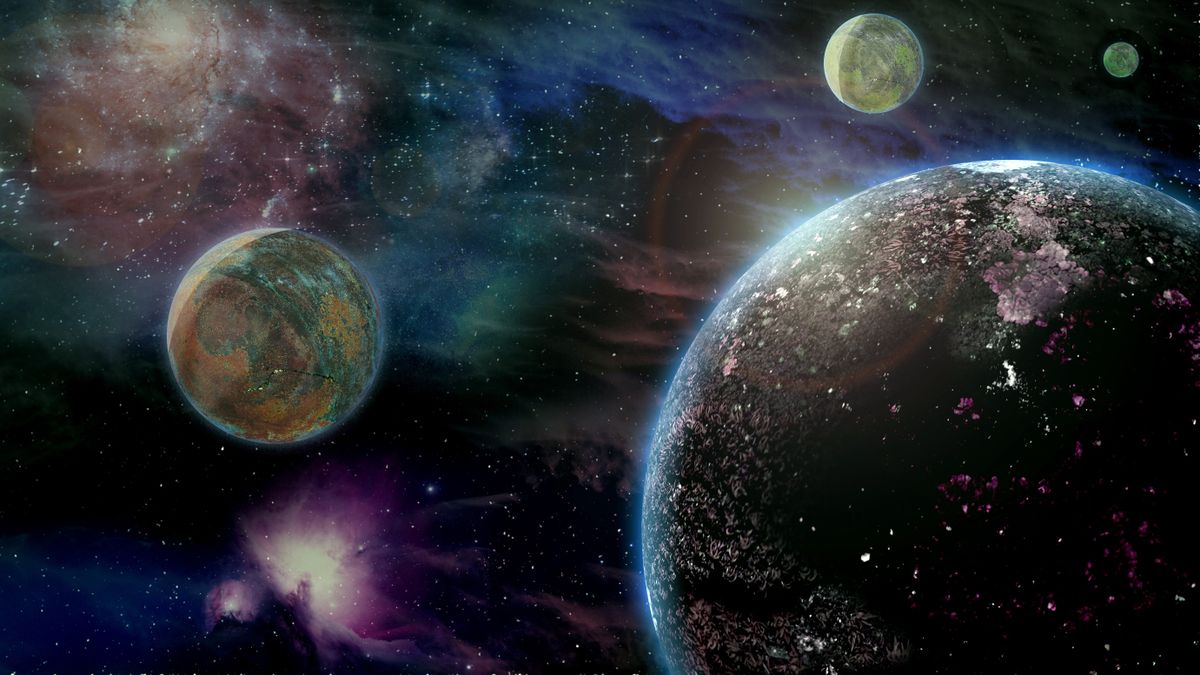Imagine a planet the size of Jupiter, drifting alone in the vastness of space, untethered to any star. Now picture it traveling not solo but in tandem with another similar world, like two cosmic wanderers dancing in the darkness. In 2025, the James Webb Space Telescope (JWST) unveiled just that: rogue planets, captivating objects that challenge everything we know about planet formation. These starless worlds are among the most intriguing discoveries in modern astronomy, raising questions about how they form, whether they could harbor life, and what they mean for our understanding of the universe. At The Astronomy Insider, we’ll explore what rogue planets are, how JWST found them, and how you can connect with the cosmos inspired by these revelations.
What Are Rogue Planets?
Rogue planets, also known as free-floating planets (FFPs) or planetary-mass objects, are celestial bodies with planetary masses that do not orbit a star. Unlike Jupiter or Earth, which revolve around the Sun, these planets roam interstellar space, illuminated only by the faint glow of distant stars or their own internal heat from geological processes. They can be:
- Gas Giants: Similar to Jupiter, with atmospheres rich in hydrogen and helium.
- Rocky Worlds: Smaller, like super-Earths, potentially with solid surfaces.
- Oceanic Planets: Some speculate that rogue planets could host liquid oceans warmed by geothermal energy, even without a star.
What makes rogue planets so fascinating is their independence. Without a parent star, they defy traditional theories of planet formation, which assume planets form in disks of gas and dust around stars. In 2025, JWST identified several of these objects in the Orion Nebula, 1,344 light-years from Earth, including pairs of rogue planets moving together, a phenomenon that has stunned astronomers.
How Did the James Webb Find Rogue Planets?
The JWST, with its ability to observe in infrared, is ideal for detecting cold, dark objects like rogue planets, which emit little visible light. In 2025, using its Near-Infrared Camera (NIRCam), the telescope captured images of rogue planets in the Orion Nebula, a region rich in young stars and protoplanetary disks. What shocked scientists was the discovery of pairs of rogue planets, dubbed JuMBOs (Jupiter-Mass Binary Objects), with masses between 0.7 and 13 times that of Jupiter, orbiting each other without a host star.
These JuMBOs were detected through their thermal emission—residual heat from their formation or internal processes, such as volcanic activity. JWST also used spectroscopy to analyze their atmospheres, finding traces of methane and water vapor in some cases, suggesting conditions that could, in theory, support microbial life. The discovery, published in April 2025, sparked debate about how these pairs formed: Were they ejected from stellar systems, or did they form directly as binary objects in interstellar space?
How Do Rogue Planets Form?
The origin of rogue planets is a cosmic mystery. Astronomers propose two main theories:
- Ejection from Stellar Systems: Some rogue planets may have formed in protoplanetary disks around stars but were ejected due to gravitational interactions with other planets or nearby stars. This could explain why some JuMBOs travel in pairs, maintaining mutual orbits after ejection.
- Direct Collapse: Another possibility is that rogue planets form like stars, from the collapse of gas clouds, but with insufficient mass to ignite nuclear fusion. This makes them closer to brown dwarfs but still classified as planets due to their mass.
The discovery of paired rogue planets suggests both processes may occur, challenging traditional models of planet formation. JWST is now studying other regions, like the NGC 1333 star cluster, to find more of these objects and clarify their origins.
Can Rogue Planets Harbor Life?
The idea of life on starless planets seems improbable, but not impossible. Without stellar light, rogue planets rely on alternative energy sources, such as:
- Internal Heat: Geothermal activity or radioactive decay could sustain liquid oceans beneath frozen surfaces, similar to Jupiter’s moon Europa or Saturn’s Enceladus.
- Cosmic Radiation: Interactions with cosmic rays or magnetic fields could provide energy for chemical processes.
- Dense Atmospheres: Planets with hydrogen-rich atmospheres might retain heat, creating stable conditions.
JWST’s detection of water vapor and methane in some rogue planets has sparked speculation about biosignatures, though scientists remain cautious. The search for life on these worlds is just beginning, but they expand the possibilities of where life might exist.
Why Are Rogue Planets Important?
Rogue planets are rewriting astronomy. They help us:
- Rethink Planet Formation: The existence of JuMBOs suggests planets can form in more diverse ways than we thought.
- Expand the Search for Life: Starless worlds broaden the zones where life might exist, beyond traditional habitable zones.
- Understand the Early Universe: Rogue planets may be relics of the universe’s infancy, connecting to the formation of the first stars and galaxies.
Moreover, their mysterious nature captivates the imagination, inspiring questions about our place in the cosmos.
Sources
- NASA. “Webb Observes Jupiter-Mass Binary Objects in Orion Nebula.” 2025. https://science.nasa.gov/missions/webb
- ESA/Webb. “Free-Floating Planets Found in Pairs.” April 2025. https://webbtelescope.org/contents/news-releases/2025
- The Astrophysical Journal Letters. “Spectroscopic Analysis of JuMBOs in NGC 1333.” 2025.
- Post on X by @astronomiaum, April 6, 2025.







No comments:
Post a Comment